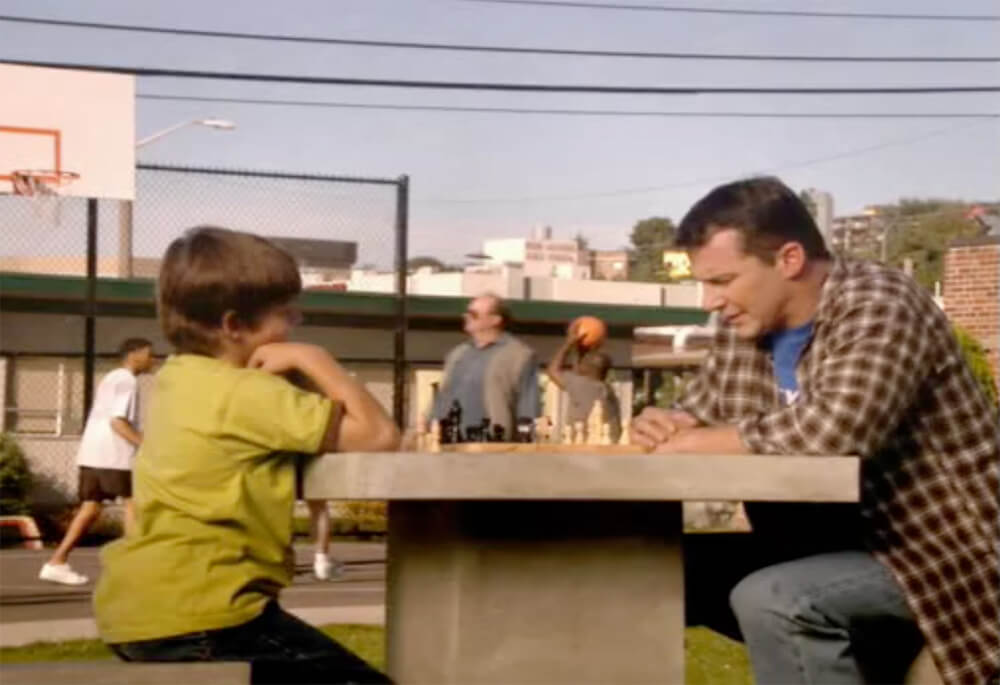Your toddler wants to be independent, but the world can be a scary place. Having you close gives him the confidence to know he can check back when needed. This secure feeling doesn’t happen overnight. It’s a process called attachment, and it starts when your child is an infant and continues to strengthen as he grows.
References
Ainsworth, M., Blehar, M., & Waters, E. & Wall, S. (1978) Patterns of attachment: A psychological study of the strange situation (Vol. xviii). Oxford, England: Lawrence Erlbaum, 1978.
Bowlby, J. (1980). Attachment and loss. New York, NY: Basic Books, Inc.
Bretherton, I. (1985). Attachment theory: Retrospect and prospect. In Monographs of the Society for Research in Child Development, 1-2, Serial No. 209 (Vol.50).
Denham, S. (1998). Emotional Development in Young Children. New York: The Guilford Press.
Gunnar, M., Broderson, L., Nachmias, M. (1996). Stress Reactivity and Attachment Security. Developmental Psychobiology, Vol. 29(3), pp. 191-204.
Howes, C. & Matheson, C. (1992). Sequences in the development of competent play with peers: Social and social pretend play.
Marvin, R., Cooper, G., Hoffman, K. & Powell, B. (2002). The Circle of Security project: Attachment- based intervention with caregiver-pre-school child dyads. Attachment & Human Development, Vol 4(1), pp. 107-124.
Sroufe, L.A. (2002). From infant attachment to promotion of adolescent autonomy: Prospective, longitudinal data on the role of parents in development. In J.G. Borkowski & S.L. Ramey (Eds.), Parenting and the child
Tronick, E.Z. (1998). Dyadically expanded states of consciousness and the process of therapeutic change. Infant Mental Health Journal, Vol. 19(3), pp. 290-299.
Tronick, E.Z. (1989). Emotions and emotional communication in infants. American Psychologist, 44, pp. 112-119.

